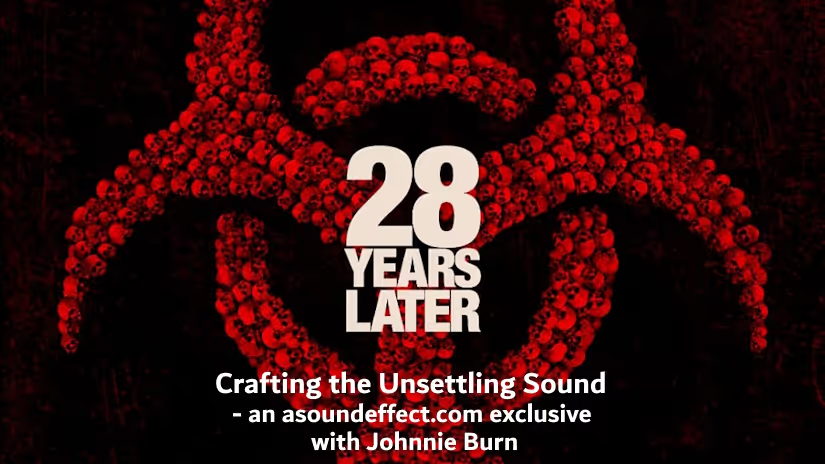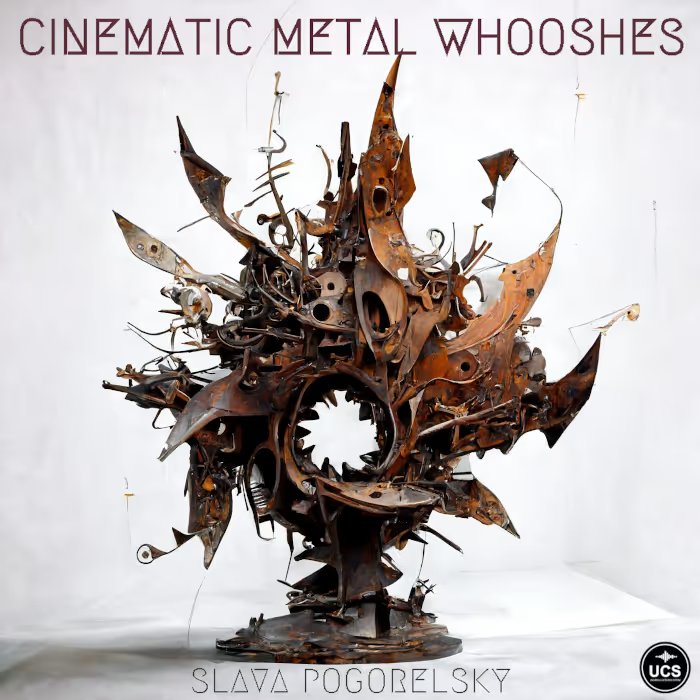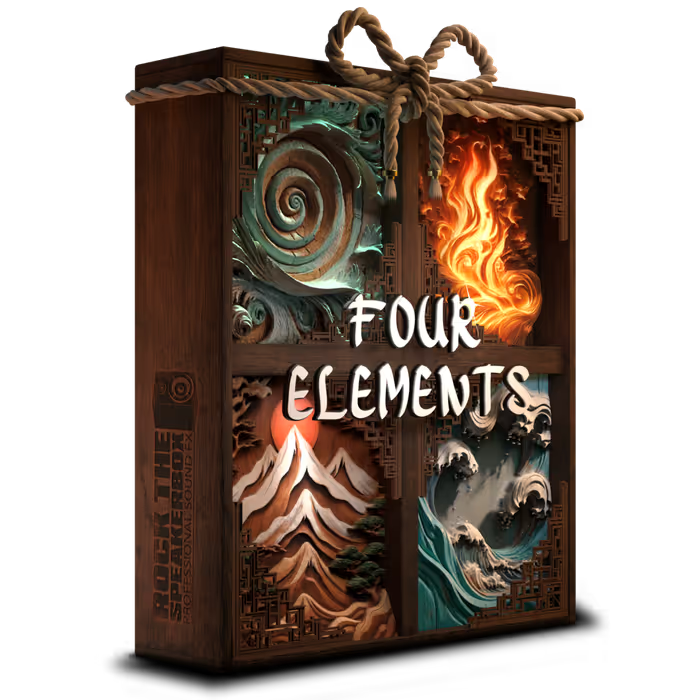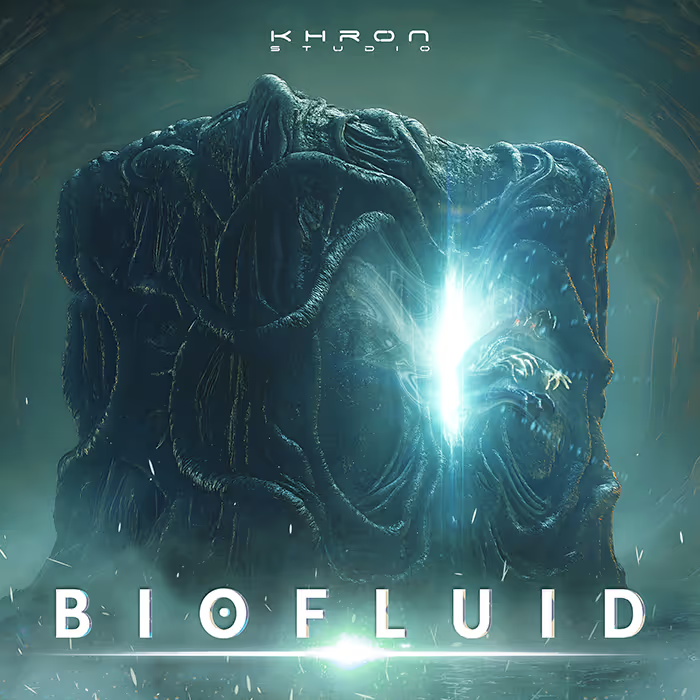Director Danny Boyle’s 28 Days Later (2003) horror film wasn’t the typical ‘creature-feature’ (nor a zombie film, since those infected with Rage Virus weren’t dead and then reanimated). It was more of a commentary on how the collapse of civil society would affect our humanity. In 28 Years Later, director Boyle revisits this post-apocalyptic world. What does survival look nearly three decades after the spread of this infection? Unchallenged by human industry, nature has reclaimed its throne. Wildlife has proliferated unchecked, so that a single herd of deer numbers in the thousands. Bird songs carry loud and clear through the forests and meadows since they’re not competing with human-created noise pollution. Even the infected have evolved, transforming into ‘Slow Lows’ and ‘Alphas.’
The story follows a young man named Spike and his father Jamie, who leave their protected island to scout supplies on the mainland. It’s Spike’s initiation into manhood — facing the infected and coming back alive. Once on the mainland, you get the feeling that healthy humans are no longer the dominant species. The sounds of the natural world mix with sounds from the infected. You’re never quite certain if you’re hearing a threat or just imagining it.
To build these vibrant backgrounds, Oscar-winning Re-Recording Mixer/Sound Designer/Supervising Sound Editor Johnnie Burn — at Wave Studios in London — explored rural areas in England and Wales with his sound team, searching for natural spaces to record that were free of modern sounds like cars and planes. These recordings became the foundation of the ambiences, to which Burn and his team added more and more layers as per Boyle’s directive of “More birds, more nature, more wildlife.”
Here, Burn talks about his collaboration with Boyle, having creative leeway to explore new sounds for the infected, to go ‘wild’ with the ambiences, and to not feel constrained with what’s come before in the film series. He talks about his sound work on specific scenes, like the surprising birth scene in the train car, the oddly serene scene at the bone temple, and more. Plus, he talks about his approach to crafting a film’s overall sound by mixing in tandem with sound editing so that all decisions aren’t left until the final mix.
28 YEARS LATER – Official Trailer
How did you get involved with 28 Years Later? How did you and Danny Boyle meet?
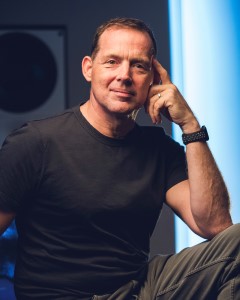
Johnnie Burn (JB): When I first spoke to Danny Boyle, I was at the Oscars after-party at Vanity Fair. It was about 3 AM, and I was dancing my socks off. My studio in London called me, saying, “We’ve got Danny Boyle here and he wants to say hello.” I was gobsmacked. He said, “I know you’re not in London because I just saw you on the telly, but will you do my next film?”
I said, “Holy cow. Yeah!”
Then, we met when I got back to London. He told me, “Don’t feel constrained by the previous films in the franchise. We do want to respect them because we want people to enjoy the journey and to deliver on what the audience really wants. But in terms of legacy sounds — like the sound of the infected — just go for it. Make it whatever you want it to be.”
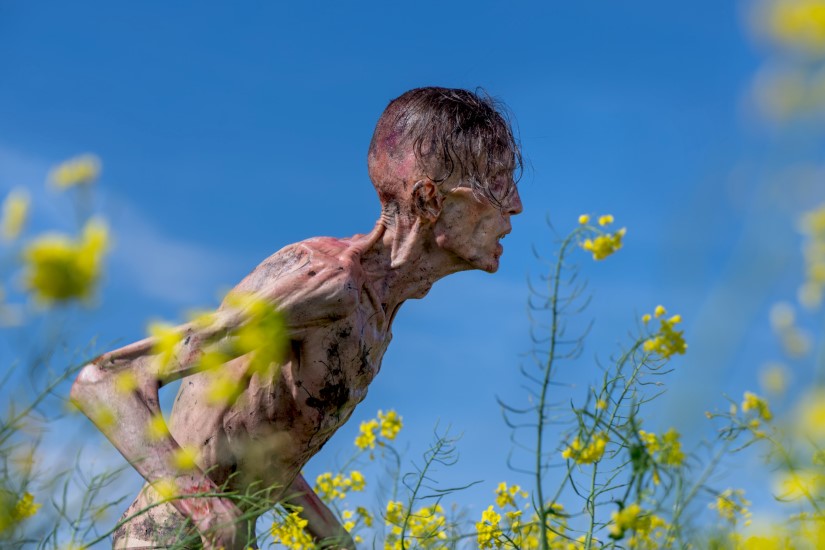
What went into your sound design for those infected with the Rage Virus?
JB: I think creating the sound of the infected was the most fun part because we had all the sounds of the infected from the set. There are many more that you hear than you see visually in any given scene. And we did loop group recordings with lines of actors walking up to the mic and doing their thing, making crazy noises. And, whenever my kids’ friends came to the house, I got them to scream into microphones to make their version of it.
But the big scream from the Alpha — the roar from the top of the hill about 25 minutes into the movie — that came from the dub stage. We were at the final mix, and we still hadn’t gotten that one quite right. The placeholder sound was me performing my biggest, scariest, yet not very good scream.
our mix engineer on the dub stage, Mark Knight was a death metal vocalist […] He did this deep, raw roar that does so much for the film
It turned out that our mix engineer on the dub stage, Mark Knight was a death metal vocalist. He had all the skills we needed, but he’d kept quiet for a good few days as we sat there trying to solve the problem of how to get the Alpha to sound insanely powerful. Eventually, Mark told us, “Yeah, that’s the kind of thing I do, actually. I’m a death metal vocalist.” They don’t really sing in death metal; they kind of scream. So Danny said, “Go on, man.” And Mark stood there in the middle of the mixing stage and let out this incredibly loud and bassy and long sound. We all gave him a round of applause and put his scream in the film. He did this deep, raw roar that does so much for the film.
It’s interesting because the sound of someone making growly noises can either hit you as really cheesy and almost comic if it isn’t performed well. Yet, if it’s performed with a lot of aggression and enthusiasm, and then replayed in the theater really loud, it becomes an incredibly visceral experience; you can’t help but react to it. You feel scared. That’s what the movie is about.
Mark deserves a big pat on the back for that.
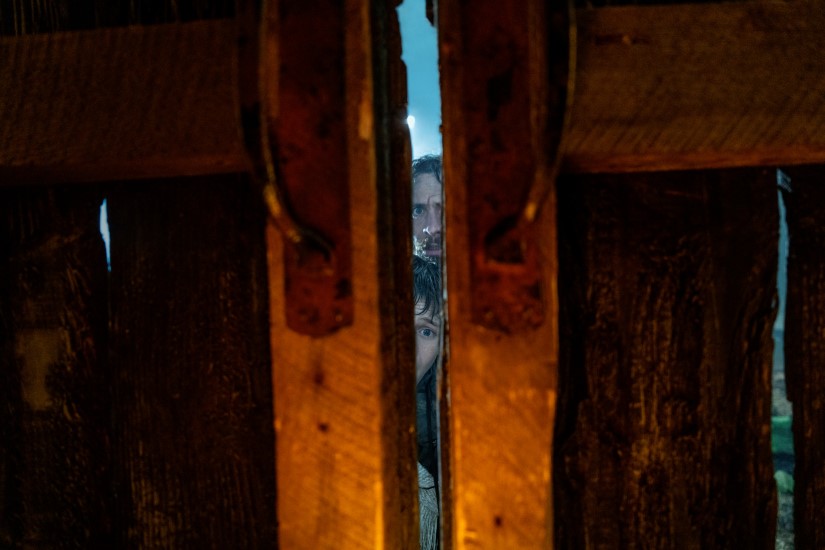
I love your off-screen sound work, starting with the infected ambush of the house in the Scottish Highlands. In all the ambiences/backgrounds on the mainland, I love how ambiguously threatening it feels, with the sound of birds mixing with sounds from the infected. You’re never quite sure exactly what you’re hearing, and so it never feels ‘safe,’ even in the daylight…
JB: Danny really wanted to make an immersive film that is from the young boy’s point of view. Spike is 12 or 13 years old, and so we’re immersed in the micro-detail and subjectivity of how he’s experiencing the world. It’s a rite of passage for this young man to go off to the mainland where the infected are.
We had creative license to go to town with how everything sounded — how rich it all sounded. We imagine the mainland without any traffic or people, or towns and cities. There’s no urbanization and machinery. We just imagined that all the birds would be pretty loud because they can hear each other. Nature has run wild.
We loved filling up the backgrounds and all the speakers in the cinema with […] all sorts of natural elements.
I’d have weekly meetings with Danny, and we’d play certain scenes that I was working on in the film. There was a 10-week period where, every week, Danny would say, “More birds, more nature, more wildlife” every time I played him something.
It was wonderful to play it from Spike’s POV, with that hugely hypnotic, immersive, richly dense, and almost surreal subjectivity combined with the idea that nature is now the dominant force and not humans and their machinery. We loved filling up the backgrounds and all the speakers in the cinema with beautiful bird sounds, deer calls, wonderful winds, bees, insects, and all sorts of natural elements. It became a thick soundscape of nature, and we used that to steer the vibe, to make you scared sometimes, for example, by having the bees buzzing at the right pitch. And we’d remove that soundscape at the right moments to make the jump scares work.
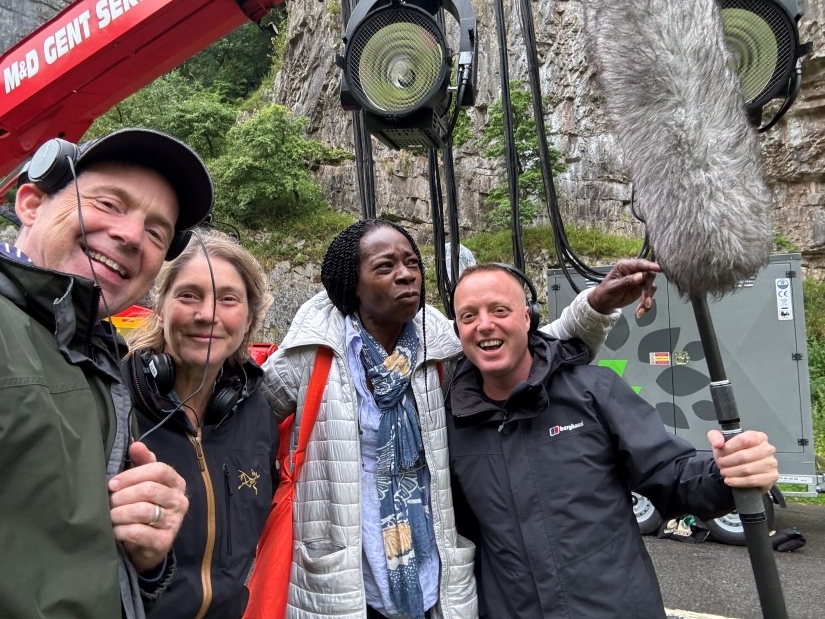
Did you record nature sounds for the film, like a field of grass blowing in the wind or day/night sounds of the forest?
JB: Yes! I have a Zoom H2n digital recorder. It’s about the size of a cigarette pack, and has two stereo mics on the front and two on the back so you can record in 4-channel surround.
A lot of those recordings resulted in having lovely impressions of grass and meadows, with grass-scapes moving in the wind.
I enjoyed going out in Devon and other rural areas all around England and Wales. My team and I spent an awful lot of time with those H2n recorders, recording ambiences. We also had proper big microphones, and we recorded footsteps and all sorts of sounds.
We had a week-long voyage around this little island. We looked for places where you couldn’t hear traffic or industry. A lot of those recordings resulted in having lovely impressions of grass and meadows, with grass-scapes moving in the wind.
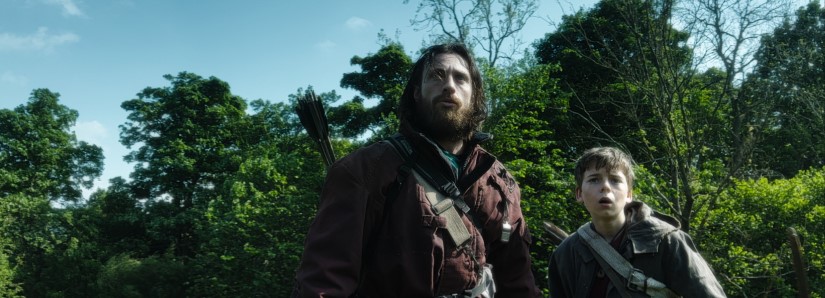
What about that massive herd of deer in the film? What went into that? This was such a loud moment in the film. The bass energy rattled every speaker in the theater!
JB: Like Jamie (played by Aaron Taylor-Johnson) says in the film, “There are millions of them.” It was fun to create that. We put the sound of thunder into the deer stampede to make the herd sound bigger.
This was probably the loudest mix that I’ve ever done. Danny was like, “We have to hit all the jump scares. Everything needs to be powerfully loud.” So I hope we achieved that.
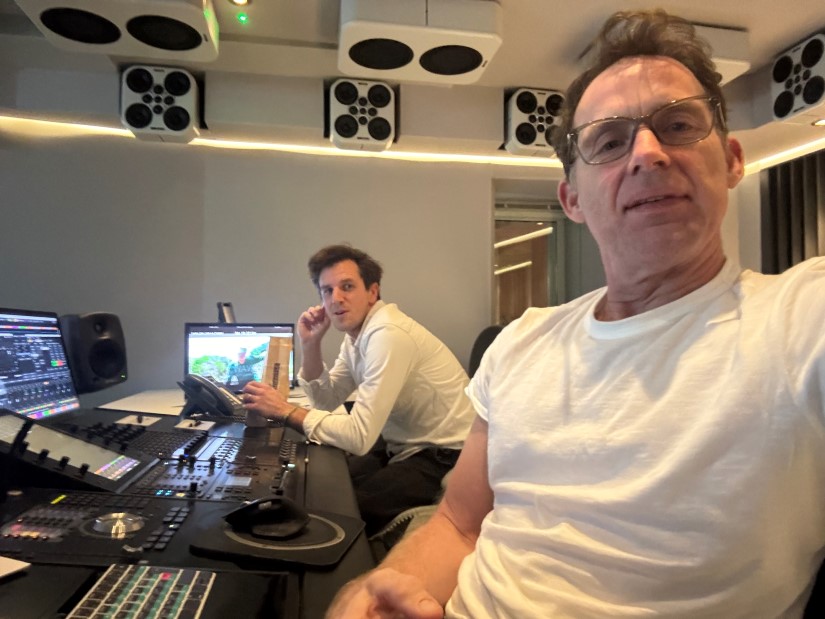
That 1915 archival recording of actor Taylor Holmes reciting the poem, “Boots” by Rudyard Kipling, is so creepy! What can you tell me about that?
JB: We were about two months from finishing, and the marketing team in Los Angeles sent us this trailer they’d put together. This wonderful woman (her name is Megan, I believe) chose that “Boots” poem. It’s incredible. When we heard that, we were like, “Holy cow!” John Harris (film editor), Danny [Boyle], Simon Carroll (first assistant sound supervisor), and I watched it and said, “That has to go in the film.” So, John Harris went back to the cutting room and found ways of including that whole poem because it spoke to the idea of how these people are living now and it was very powerful.
We used the original recording in the film […] as dirty as it was. And it’s just magic
We used the original recording in the film. We tried all the diligent ways of tidying it up and removing all the crackles and pops, but then it didn’t sound any good at all. So we put the original recording back in as dirty as it was. And it’s just magic. It’s so powerful.
It’s weird, but nowadays, when you hear crackling, hiss, and noise in a recording, as a consumer, that translates to credibility. You then believe it actually happened, and that carries across the whole mixed soundscape. It sounds authentic.
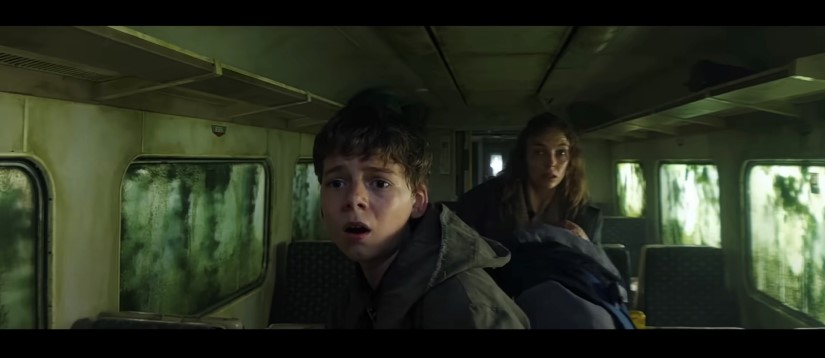
Let’s talk about the train car scene. Isla, Spike, and Erik hear screaming coming from the train car, and Isla goes to investigate. She finds a pregnant infected woman in labor and helps her deliver the baby. Can you break down your sound work for this scene?
JB: That’s an extraordinary scene. The whole idea was that we hear a sound and don’t really know what we’re hearing. Isla (played by Jody Comer) goes to investigate because it’s a call that she understands. We were trying to obscure the female voice in that scream a bit so it felt more animalistic. In fact, before we see the pregnant infected woman, the actual sound we’re hearing is a combination of human and animal noise. As they proceed down the train carriage, and it becomes an extraordinary childbirth scene (of an infected woman giving birth to an uninfected baby), you hear more of the female voice.
we had a morning with the actress Celi Crossland in the studio, workshopping how to get specific noises that were definitely labor pains but somewhat obscured
For her vocalizations, we had a morning with the actress Celi Crossland in the studio, workshopping how to get specific noises that were definitely labor pains but somewhat obscured. We then mixed those with a pig squealing and grunting for the beginning of that scene as they enter the train carriage, so you are thinking, “What the hell am I listening to?”
I also love the way the Young Fathers composed a score that sounds like someone knocking on the roof of a train carriage. It’s brilliant. It’s so well made and it was scary every time we watched it during the mix.
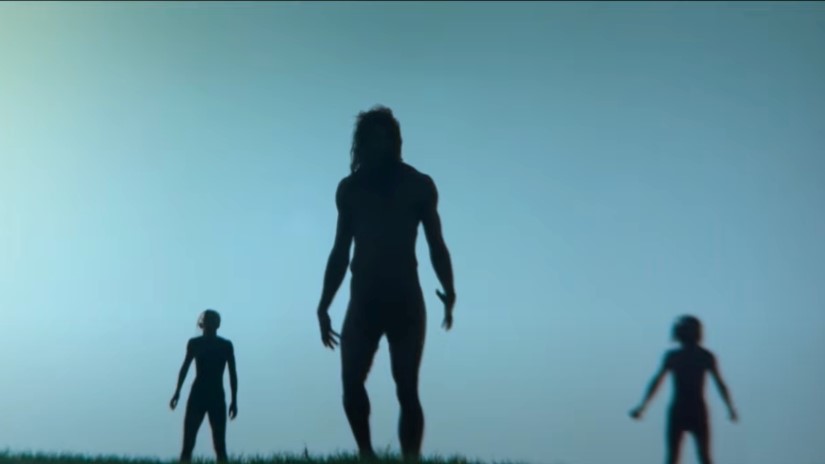
The pig squeals make total sense. Earlier in the film, we see that big, bloated infected guy snuffling around on the ground looking for worms to eat. He seemed more like a wild boar than a human…
JB: There are two types of infected in this film: the Slow Lows and the Alphas, who’ve had genetic modifications and are way stronger and borderline intelligent. So, the Slow Lows are definitely more animalistic in the way we portrayed them in sound.
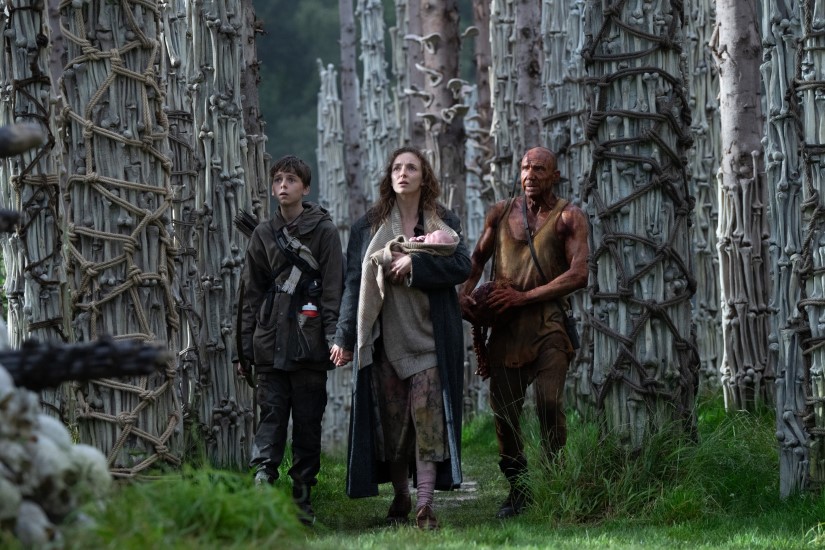
Can you talk about constructing the sound and mix for the memento mori scene? I love the way the score and sound design play so well together here…
JB: The bone temple was created by Dr. Kelson (played by Ralph Fiennes) as a tribute to all the lives he’s helped dispatch, and all the people he’d cared for. When you go into the bone temple, after all the visceral anxiety and suffering of the first part of the film, we wanted this place to be really beautiful, wonderful, and calm.
We were playing with the sound of the wind through all the skulls, the eye holes, and mouths. The wind through those holes would be slightly tonal…
We were playing with the sound of the wind through all the skulls, the eye holes, and mouths. The wind through those holes would be slightly tonal, so we played with all sorts of wind instruments, but played them badly. We used recorders and flutes, blowing so gently into them that you don’t get a proper whole note. It’s quite easy for me to play any instrument badly. That was a supreme skill I excelled at.
We also layered in the tinkling sound of bones, which has a wind chime feel.
A couple of minutes into the scene, the sound design seamlessly becomes the beautiful Young Fathers’ score. It’s a very calm space, and it’s an interesting turn that the film takes at that point. It becomes surprisingly deep and meaningful for what starts as a horror movie. I was very happy with how that scene turned out.
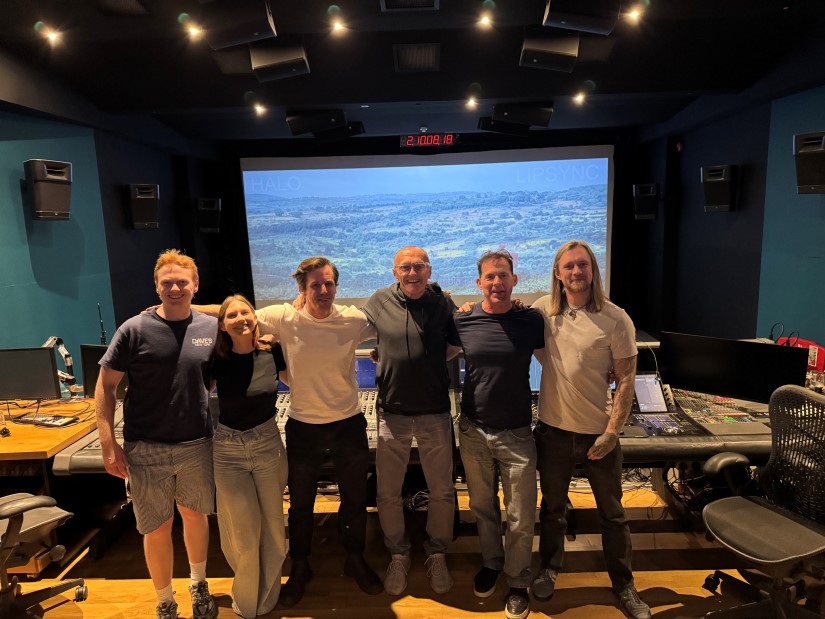
Since you were the sound supervisor, sound designer, and re-recording mixer, you were able to continuously shape the sound of 28 Years Later as the film was taking shape editorially. What are the benefits of working this way? What did you discover through this process of evolving the soundtrack over time instead of just finding the ‘final sound’ on the dub stage at the end?
JB: Being the supervising sound editor, the sound designer, and the mixer is the only way I’ve known to work because I started out doing commercials. The first 10 years of my career were commercials, and these past 20 years I’ve been doing films. That very much is the workflow in the commercial industry. You sit in a room and have people come in — maybe three different groups of people each day — and you don’t know what it is you’re going to need to do, so you have to get good at doing everything: foley, sound design, recording and editing voices, mixing, etc. When I did my first film Under the Skin with Jonathan Glazer, I thought, “This is how you do films, obviously.”
you have to get good at doing everything: foley, sound design, recording and editing voices, mixing, etc.
It turns out, it’s really useful doing films this way because it allows you to consider all the elements of putting a soundscape together as fundamental parts of the overall sound design of the piece. The silence, the volume of sounds, are as key for me as the choice of sounds that I use. It makes no sense to me to wait until you get to the end of the process to start making those choices.
The way I put a film together is always in one iteration of a project, in one piece of software, with a team who will also work in that same piece of software. We all work together in a 7.1 mix environment and have the opportunity to make adjustments throughout the process of the months we’re working on it, before we get to the final mix. If someone on the team thinks something needs to happen on the mix, or thinks the backgrounds need to change as they’re doing sound design, then they can change it. You start shaping the scene your own way. I encourage all members of my sound team to work as sound designers, but not in terms of someone who makes a component piece of “sound design.” Rather, they are thinking conceptually about the entire soundscape of a film and how it’s presented to the audience. The benefit is that you’re constantly considering the entire film and how it comes across, and you’ve got all the layers at your disposal.
I encourage all members of my sound team to work as sound designers […] thinking conceptually about the entire soundscape of a film and how it’s presented to the audience
In terms of what we discovered as we were putting the film together, I’d say it was being conscious of making this a journey of a young man and to reinforce the juxtaposition of what this young man’s life is like in the absence of modern technology. We had all the impacts, all the fight sounds, all the bows and arrows sounding like gaming sounds — as if a more modern kid would be playing on his PlayStation console. We tried lots of ideas (some of them bad), but we tried them across the whole film. The main theme we explored was having a wildly verdant nature sound. The film looks incredible, the colors are so rich and saturated, and we were aiming to achieve that level of technicolor in audio as well. Creating a verdant soundscape was the vibe we were going for.
A big thanks to Johnnie Burn for giving us a behind-the-scenes look at the sound of 28 Years Later and to Jennifer Walden for the interview!

